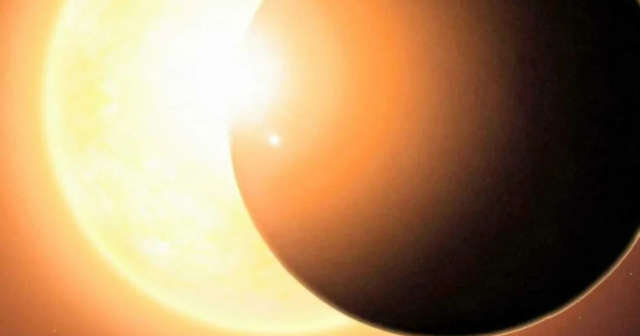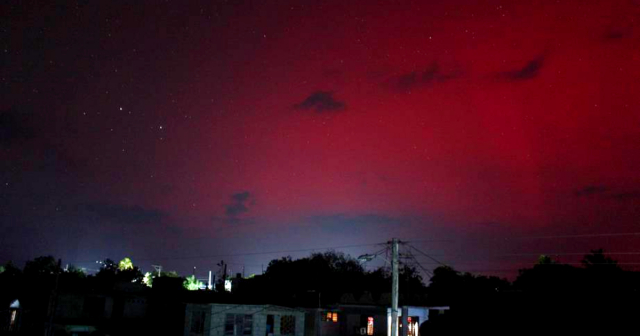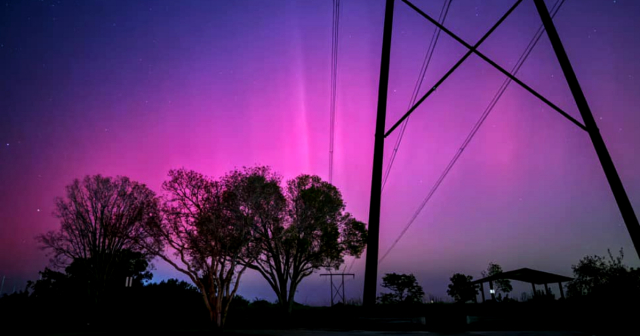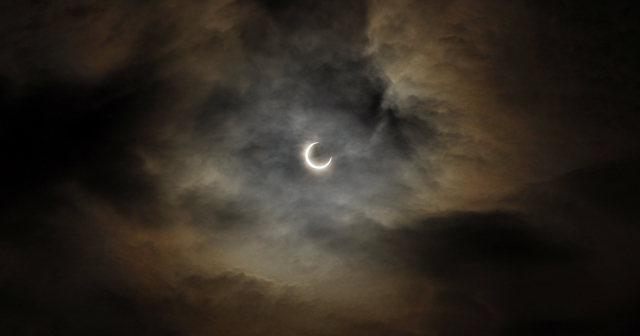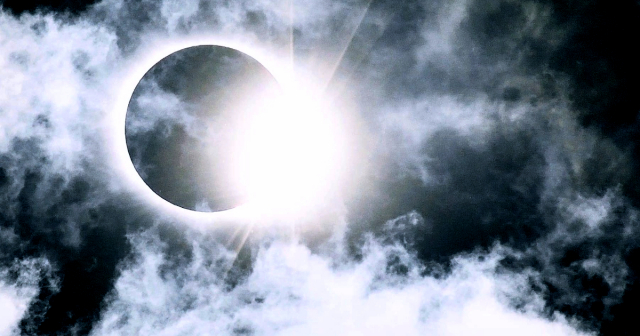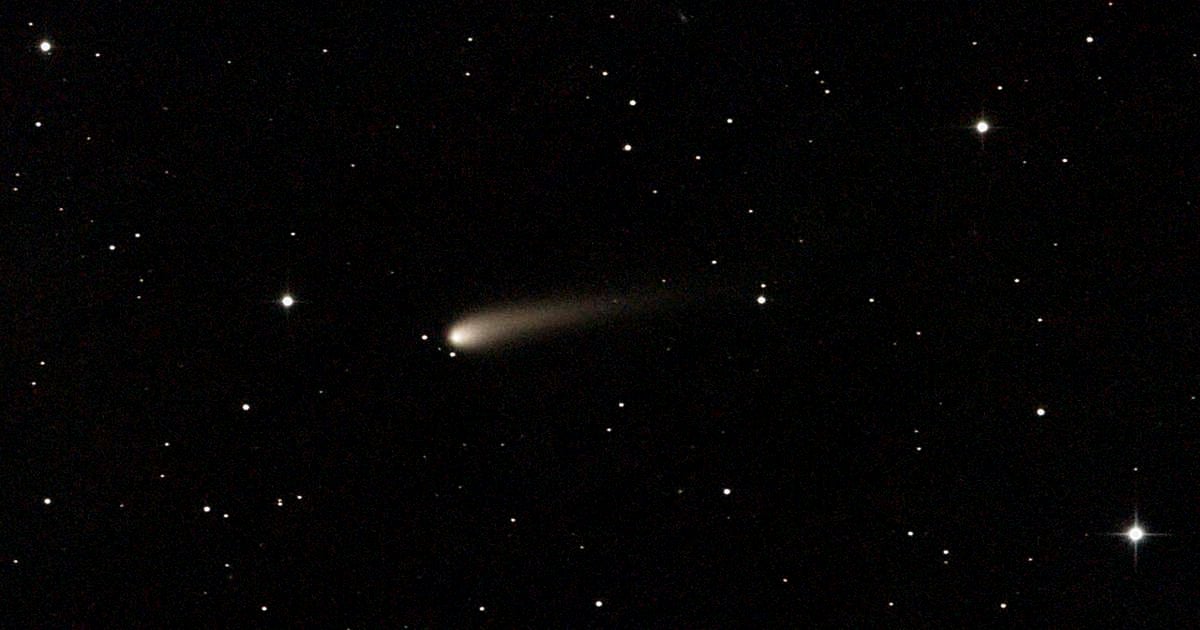
The sky will gift us with an extraordinary astronomical event with the arrival of the comet 'A3 Tsuchinshan-ATLAS', discovered in February 2023.
This comet, which hasn't visited the solar system in 80,000 years, will become one of the brightest and rarest displays of the last few decades, visible to the naked eye in mid-October if it survives its close passage by the sun.
Over the past few months, the comet has been visible in some regions of the southern hemisphere, such as Australia, and its brightness has been increasing as it approaches the sun and Earth.
Experts indicate that if it remains intact after passing perihelion on September 27, 'A3 Tsuchinshan-ATLAS' will reach its point of maximum visibility on October 12, when it can be observed in the night sky of Europe and North America.
NASA and other specialized organizations have alerted astronomy enthusiasts about this event that promises to be unforgettable. The comet will pass through several constellations, including Virgo and Leo, and it is likely to develop a long and bright tail due to the heating of its ice and dust particles, a spectacular phenomenon that is rarely observed up close.
The observation of the comet will be possible for several weeks, from late September to well into October, with varying levels of visibility. Between October 2 and 12, the comet is expected to shine brightly, reaching a magnitude that could surpass that of the famous NEOWISE comet from 2020. This will be a unique opportunity to observe it without the need for telescopes, although using binoculars may enhance the experience.
This event is one of the most anticipated of the year and represents a unique opportunity for astronomy enthusiasts and the general public. The sight of such a bright and close comet is a reminder of the stunning phenomena that occur beyond our planet and an invitation to look at the sky in search of moments that, like this one, are only experienced once in a lifetime.
What do you think?
COMMENTFiled under:

